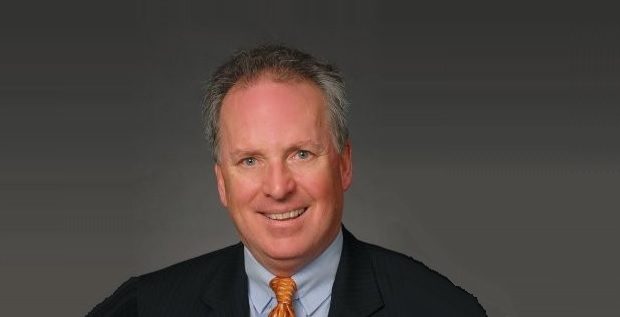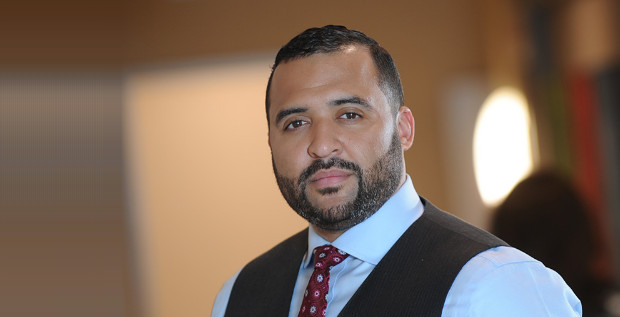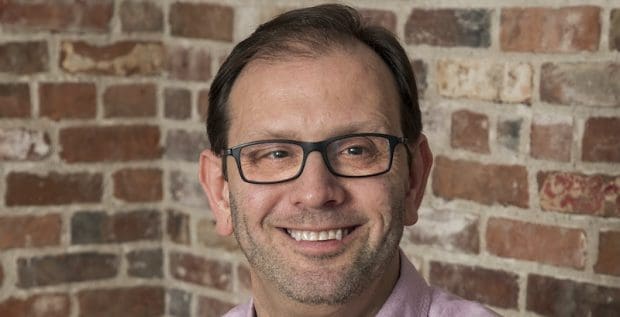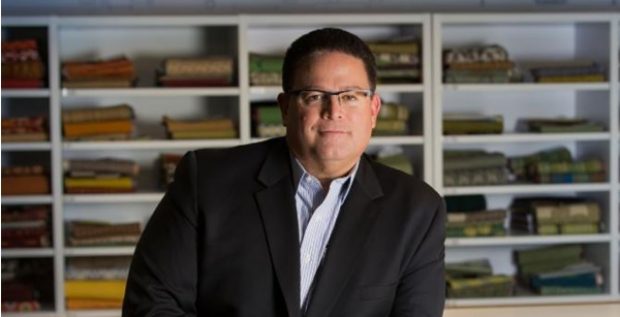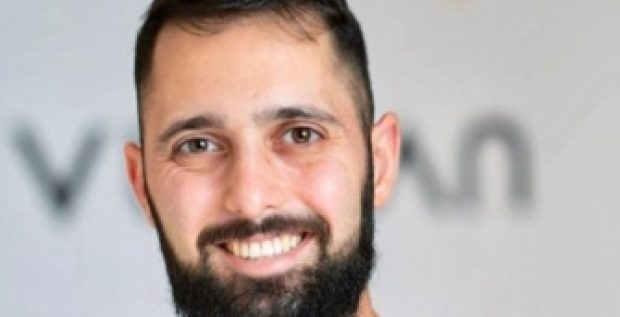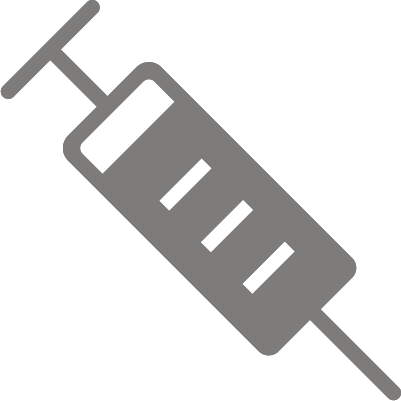Michael Prinster is the CEO of Romer Labs in Newark, Delaware. As the leading global supplier of diagnostic food, feed, and agricultural safety solutions, Romer Labs offers a wide range of analytical technologies that test for mycotoxins, allergens, gluten, GMO, and pathogens such as listeria, E. coli, and salmonella. Founded in Washington, MO, in 1982, the company has grown into a global organization that operates eight offices in eight different countries, including four accredited laboratories in the US, UK, Austria, and Singapore. Romer Labs is part of ERBER Group, a group headquartered in Austria. Together with its portfolio companies, ERBER and its technologies are active in over 120 countries around the world.
Michael Prinster spoke with citybizlist publisher Edwin Warfield for this interview.
EDWIN WARFIELD: Can you take us through the history of Romer Labs? How did it grow into the industry leader it is today?
MICHAEL PRINSTER: Romer Labs started with Tom Romer and his wife, Marie, which is how it got the name. In 1982, the history states, he worked for Ralston Purina at the time. He was working in a lab and decided he wanted to start his own laboratory testing for mycotoxins, which predominantly is testing grain-based products. He developed a cleanup column and a laboratory method and started testing grains, and that just expanded into a larger laboratory. The facility in Union, Missouri is the original facility. It continued to grow, and in 1999, Tom and Marie decided to retire and sold the company to an Austrian holding company called Erber AG. From that point Romer Labs, opened a corporate office in Austria and then Singapore. Currently we have eight offices in eight different countries.
The transition from a company that tests only mycotoxins, which is essentially a very small niche market—we saw that it wasn’t going to grow. It was either going to be absorbed or disappear, so we decided and agreed that we would become a food safety testing company. We changed our slogan from “Worldwide Expertise in Mycotoxins,” which doesn’t sound grandiose, to “Making the World’s Food Safer.” That’s what we believe in and that’s what we do. From that point, it just took off. This is what we want to do, and then we started developing plans of how to do it. It started with partnerships with other companies that made products but could not sell them globally, and we’ve grown exponentially from there.
Q. Did your acquisition of SDIX Food Safety and GMO Business play a role in that exponential growth?
A. Yes, SDIX was actually one of our partners. They manufactured and they were selling GMO testing products at the time. We partnered with them for a couple of years before the acquisition to sell the GMO products globally. They did not have a global presence, so we helped with that. At the same time we were partnering with allergen test kit manufacturers and that gave us a larger presence in the food safety markets. We started having customers asking us for different types of tests such as pathogens, microbiology-based tests—which we did not sell, we would direct them to SDIX—but we did see that we needed to expand and we reached out to SDIX and discussed the potential acquisition. At the time, they were not interested, but a few months later they called back and we started the process.
Q. What does your global framework look like?
A. We have R&D teams based in Austria; here in Newark; a couple of people in Union, Missouri; and then we have another group in Singapore. We do have a small actual research facility in Malaysia as well, but it’s run from the Singapore office.
Q. What is the company focused on at the moment?
A. We are always looking to develop new tests. I would say our focus has always been what I would call being a “quick test champion.” The idea is to make a rapid test that’s as accurate as a reference method so that the end user, or food processor— whoever—could get a very rapid result. It’s not always easy when you deal with pathogens—it takes some time to grow the pathogens to a level where they can be identified—but with the mycotoxins, they’re either there or they’re not. So, it’s a different world—microbiology and chemistry—but we are looking to find a new platform for pathogen testing, and obviously time to result is key, but in the meantime we’re also working on some additional antibody based tests for pathogens as well. We should be coming out with a new test for Salmonella that’s one-step enrichment—it still takes over 12 hours to get the final result, but it’s fast and it’s easy to use, so you do not have to have a scientist to run it.
Q. Where do you see Romer Labs in three years?
A. I think it’s difficult to look three years in the future because three years ago I would never have thought I would be sitting here. Three years before that I would have never thought we would own a company in Newark, Delaware.
I think we’ll triple, because my ultimate goal—what makes me happy—is to succeed. I like winning, and I know we will. That’s where I’ll be in three years. Now will it be in Newark, Delaware; Union, Missouri; or will we have another facility somewhere else in the United States? It’s possible.






